This is the second in a series of posts on the Universal Orthodox Rosary. As I’ve mentioned, and as is well known, the Rosary practice has two strata: a series of set prayers to be sung while fingering and counting the Rosary’s beads (the ‘Hail Mary’ etc), and a series of events in the life of Christ to be silently contemplated simultaneously in the mind’s eye.
Last time I gave a rough account of the history of the Rosary, and explained why a revised version is needed for the Orthodox faith. In this post I’ll address the first layer of the revised version - the set of prayers used to count the beads. They are: the Glory Be, the Apostle’s Creed, the Our Father, the Hymn to the Theotokos, the Prayer to the Lady of All Nations and the Salve Regina. I’ll provide each prayer and give a short account of my reasons for selecting it.
The Glory Be
Begin by crossing yourself and singing the Glory Be.
I recommend singing it rather than simply saying it aloud or silently. Incense and a candle go a long way as well. The aesthetic dimension of the practice must be understood as essential rather than superficial: God’s glory can only arise through and as beauty. There is no substitute. Also, an especially beautiful rosary, which conveys God’s glory in the way that is most beautiful to you, should be used. Here’s a picture of mine1, which was given to me as a gift by the keeper of the shop at an Aramaic church in Melbourne, Australia while we were down there for our tour and my Ark Work seminar last winter.
The Apostles Creed
Next, the Apostle’s Creed. This creed is not actually in use in the Orthodox world, but it is consistent with the dogma of all mainline Christianity. Its earliest record is from the 4th century in the Latin world.
The Creed is a simplification of the Nicene-Constantinopolitan Creed agreed upon during the Second Ecumenical Council of 386, around which there has subsequently been some controversy. Unfortunately, the Western Church elected to change a single word at the end of the first millennium, leading to the famous (in some circles) “filioque controversy” over whether the Holy Spirit proceeds from only the father or from the father and the son also. As a result, east and west have two slightly different creeds2. One has the word ‘filioque’ added, the other does not.
The Apostle’s Creed avoids this controversy by not addressing the issue at all, nor does it make any claim about whether Christ and God are homoousios, ‘of one substance’, meaning that even the Church of the East, which was the first3 to split away from the mother Church even before the Chalcedonian controversy that split the Eastern and Oriental rites, can say the Apostle’s Creed without contradicting their dogma. The Apostle’s creed is sung just once, while grasping the crucifix.
Hymn to the Theotokos
The main prayer, sung ten times in a row for each decade, is a paean to Mary. For the Universal Orthodox version, I propose to take out the classic “Hail Mary” altogether and substitute it with the much healthier, it seems to me, “Hymn to the Theotokos” which is the main Marian prayer used in the Orthodox rite. This might seem controversial, but hear me out. The emphasis on Mary’s wondrousness and the language around her giving birth to God himself, affirming the decision of the Fourth Ecumenincal council, is the appropriate central prayer to Mary (there is something dreary about the Catholic version)4.
While the Prayer to the Theotokos should be the prime prayer to Mary, the emphasis on our own sin and on Mary as an advocate, as well as the mention of the ‘fruit of thy womb’, which is so essential to the Rosary, must be preserved, however, even if de-emphasizes. Later you’ll see I’ve chosen to retain the salve regina at the end of the whole cycle, which does convey the images of Catholicism’s Mary, and, honestly, far more forcefully than the Hail Mary.5
The Lord’s Prayer
At each isolated bead between the decades, say the “Our Father”, the Lord’s Prayer, which was given by Christ to his followers, and is the only one of these prayers that comes directly from the Bible. Here I choose the Orthodox rendering “deliver us from the Evil One”, personifying Satan, as opposed to the more secularized “deliver us from evil”. This is a buttress against the secularizing tendency in all of Western Christianity, which existed within Christianity itself long before it manifested as overt atheism. As soon as Satan becomes de-personified, God himself is not far behind.
The Prayer to the Lady of All Nations
I’ve already mentioned that during the 20th century the Fatima Prayer was substituted for the final bead of each decade, which prior had been simply another Hail Mary. For the Universal Orthodox version I propose going a step further and substituting instead the requested prayer of a different wartime Marian apparition: the “Prayer of the Lady of all Nations” which was given by Mary to the seer Ida Peederman during World War II. As I’ve mentioned in a previous post, I was able to visit her chapel during 2022 before Liturgy’s performance of Origin of the Alimonies at Roadburn. I discovered more recently that Valentin Tomberg actually went to visit Peederson while he was living in Amsterdam and felt able to confirm the veracity of the vision6. Personally I agree with him, and this is the point in the Universal Orthodox rosary that involves ecumenism outside of the Christian Church.
Mary clearly stated to Ida that she is now the Lady of “all nations” or “all peoples”, and that she no longer wants to be called Mary, but now wants to presumably be called by different names. Examples of these names might be Avalokitesvara in India, Quan Yin in China, Shekinah in Judaism, and, of course for the Russian Church, as well as for Lutherans like Jakob Boehme and G.W.F. Hegel, Sophia.
My own name for her, following William Blake, is Ololon (although in a different light she is called Haelegen). It should be clarified that none of this is metaphor: these are not different ‘myths’ that perform a similar function, but Mary herself appearing throughout the world in different guises.
The inclusion of this prayer does however mark a distinction between Universal Orthodox and approaches to Orthodoxy that turn the Church’s past or any national or ethic identity into a false idol. Christianity is a religion of the future. It’s doctrines have never suggested that God is not at work outside of the Church, but there are certain currents within the contemporary Orthodox sphere which mistakenly go against this ecumenism.
Salve Regina
Finally, after a full course around the Rosary (five rounds of the sequence: Our Father, ten Theotokos prayers, Prayer to the Lady of All Nations), we arrive at the Miraculous Medal, which is associated with a medieval vision of the Mary that led to the dogma that she was born without sin, something the Orthodox deny. Much like her supposed assumption into heaven (rather than dormition), but unlike the filioque, it is possible that this controversy is a superficial language issue and that the Catholic and Orthodox views on this are not actually so different.7
In any case, here the Salve Regina or “Hail, Holy Queen” is traditionally prayed, honestly one of my favorite prayers. I love the details of her eyes turning towards us, and of her actually gesturing towards her infant child, the “fruit of thy womb”. And the invocation that the point of her prayers is that “we be made worthy of the promises of Christ” brings back in some of the humbling and self-disciplining energy of Catholicism which might have been helpful to them in bringing about the scientific revolution and the modern world, which of course if you’re reading this you might think of as an unfortunate turn of events, though one which it is hard to entirely withold all admiration from (none of us seem too mind having electricity and so on).
I’m going to save for Part II an elaboration of the Mysteries themselves and how they differ from the current Catholic version (this post is just getting to long). I will however enumerate them here, along with stating the basic thrust: to be compatible with the Orthodox rite, we must add a fifth set of mysteries (which is not so strange, as it was only a decade ago that a fourth was added), which I propose to call the Marian mysteries: mysteries devoted to the birth and childhood of Mary herself. The Orthodox celebrate these mysteries to a higher degree than the Catholics, but the latter do not deny them. There are a few other substitutions as well, but as I said, I’ll go through all of them in detail in a future post.
THE MARIAN MYSTERIES
The Birth of Mary
Mary enters the Holy of Holies
The Annunciation
Mary visits Elizabeth
The three Magi
THE JOYFUL MYSTERIES
The Nativity
The Presentation at the Temple
Jesus Found in the Temple
The Wedding Feast
The Baptism of Jesus
THE LUMINOUS MYSTERIES
Jesus Heals on the Sabbath
The Sermon on the Mount
Jesus Walks on Water
The Transfiguration
The Last Supper
THE SORROWFUL MYSTERIES
The Agony in the Garden
Jesus Beaten by the Soldiers
The Crown of Thorns
Jesus Carries his Cross
The Crucifixion
THE GLORIOUS MYSTERIES
The Resurrection
The Ascension
Pentecost
The Crowning of Mary
The Elevation of the Cross by St. Helena
It should be noted that, while there are many sacred images and icons of Christ on the cross in the Orthodox rite, an actual ornamental cross rarely has Christ’s body on it. So, while it is not a contradiction with Orthodoxy, it is something of a concession to Catholicism. An Orthodox Christian might prefer a rosary with a more standard Orthodox crucifix, or even the combined Orthodox-Haelegenic cross I’ve been toying with, but I’m not aware of any in existence (though I haven’t looked hard).
For those who don’t know, recitation of the Nicene creed is absolutely central to most Christian denominations
In particular, there is a focus on “us sinners” over and over, and a sense of desperation and fear of hell that matches the comical potrayal of Catholic school - the fact that ‘I went to a Catholic school’ is immediately an intuitive explanation for why someone might be totally closed to Christianity as an adult should be taken as a real and valid critique of Catholic practice. Also, the phrase “among women” seems to suggest her blessedness is only in the context of something akin to women’s sports (among women, you win a gold medal, but among men…). By contrast, the Theotokos is compared favorably to the highest angels, points out her angency in being without sin, as is just altogether a healthier thing to repeat over, over, over, and over again.
To Catholics who don’t want to take up the Theotokos prayer as such a central thing I’d still recommend substituting all of the Hail Mary’s with Salve Regina’s, and a single Theotokos prayer at the Medallion at the end for just a taste.
There has been controversy about the Church’s stance in just the past few years, summarized best in this video for those interested.
Bulgakov himself, in his Sophia: The Wisdom of God, states this explicitly.
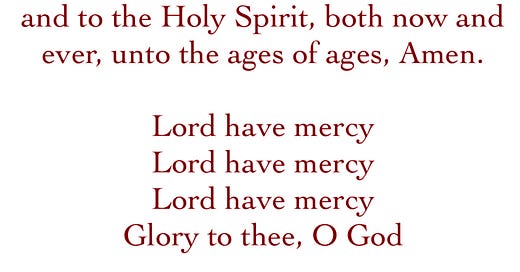




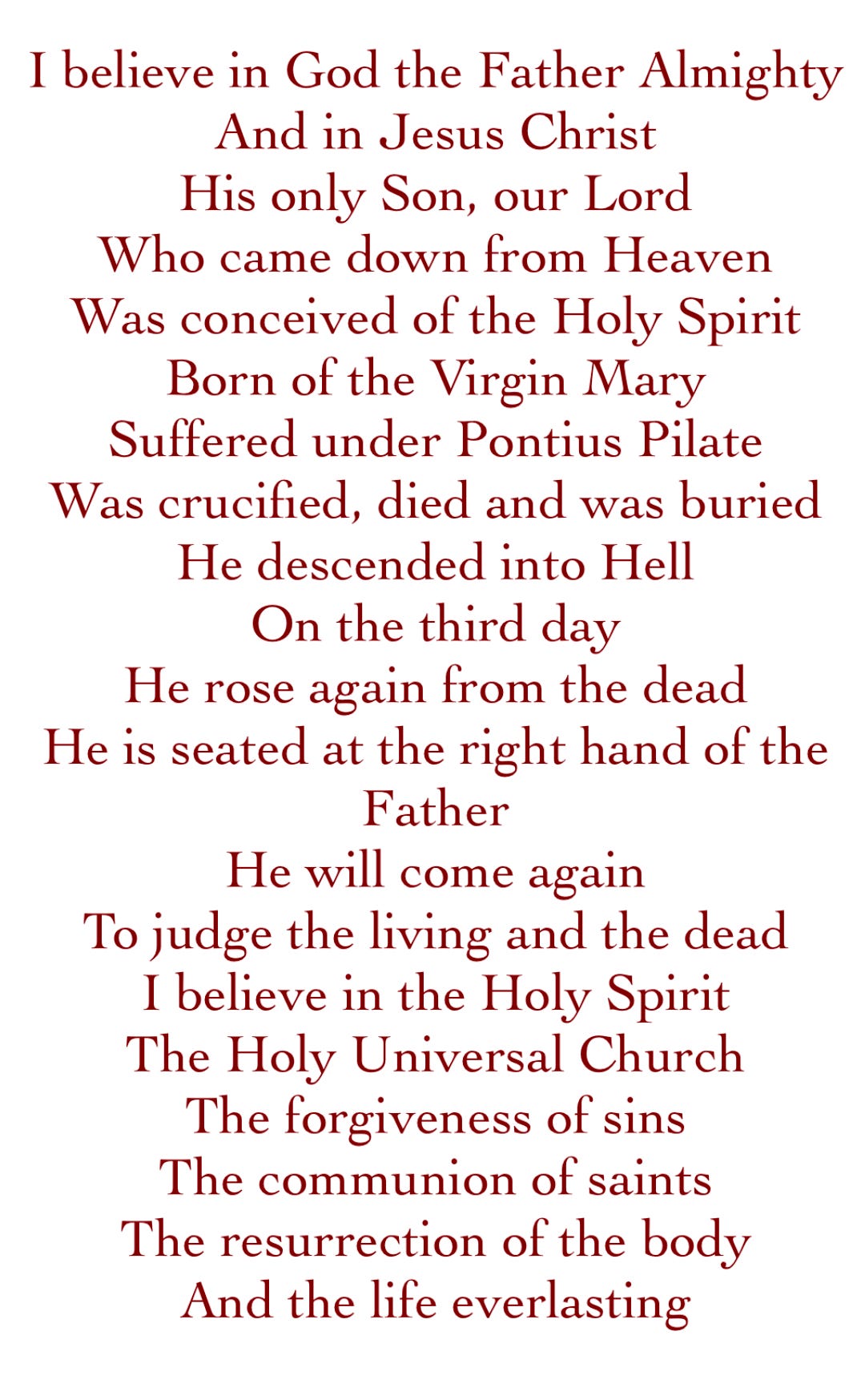

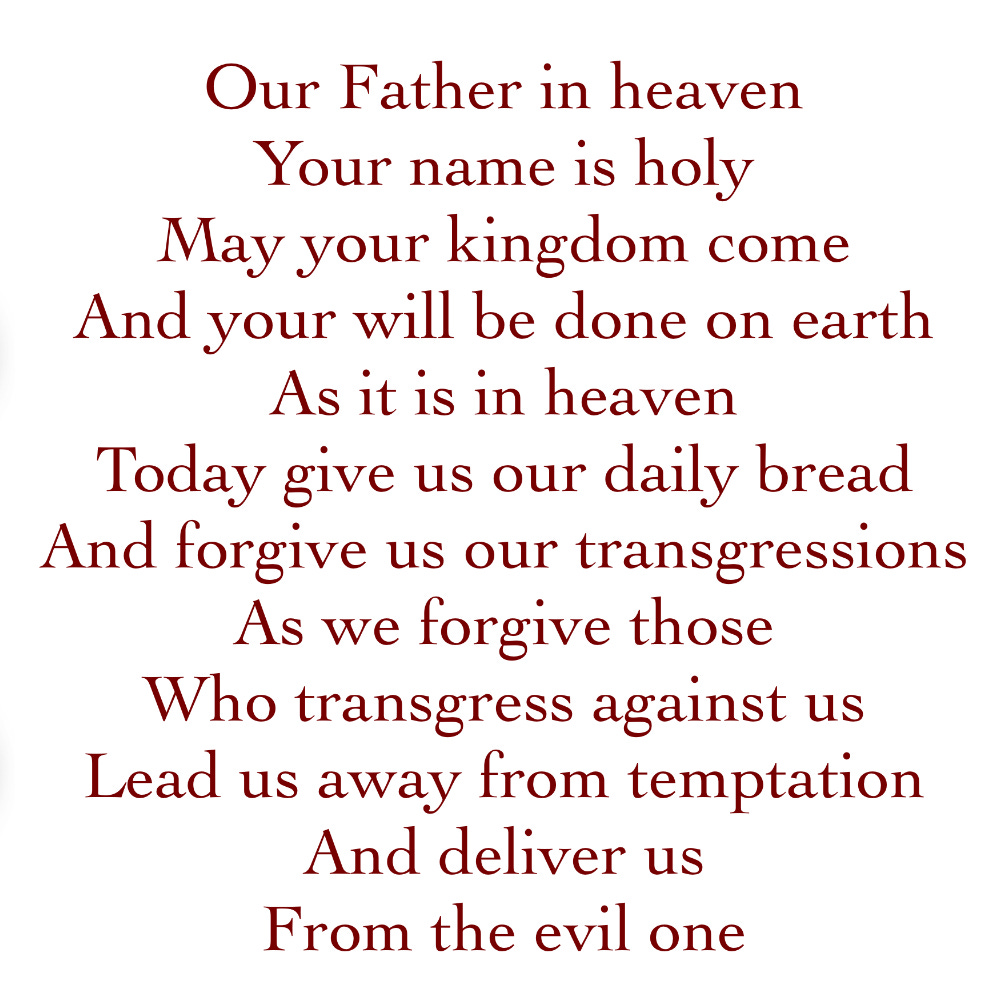
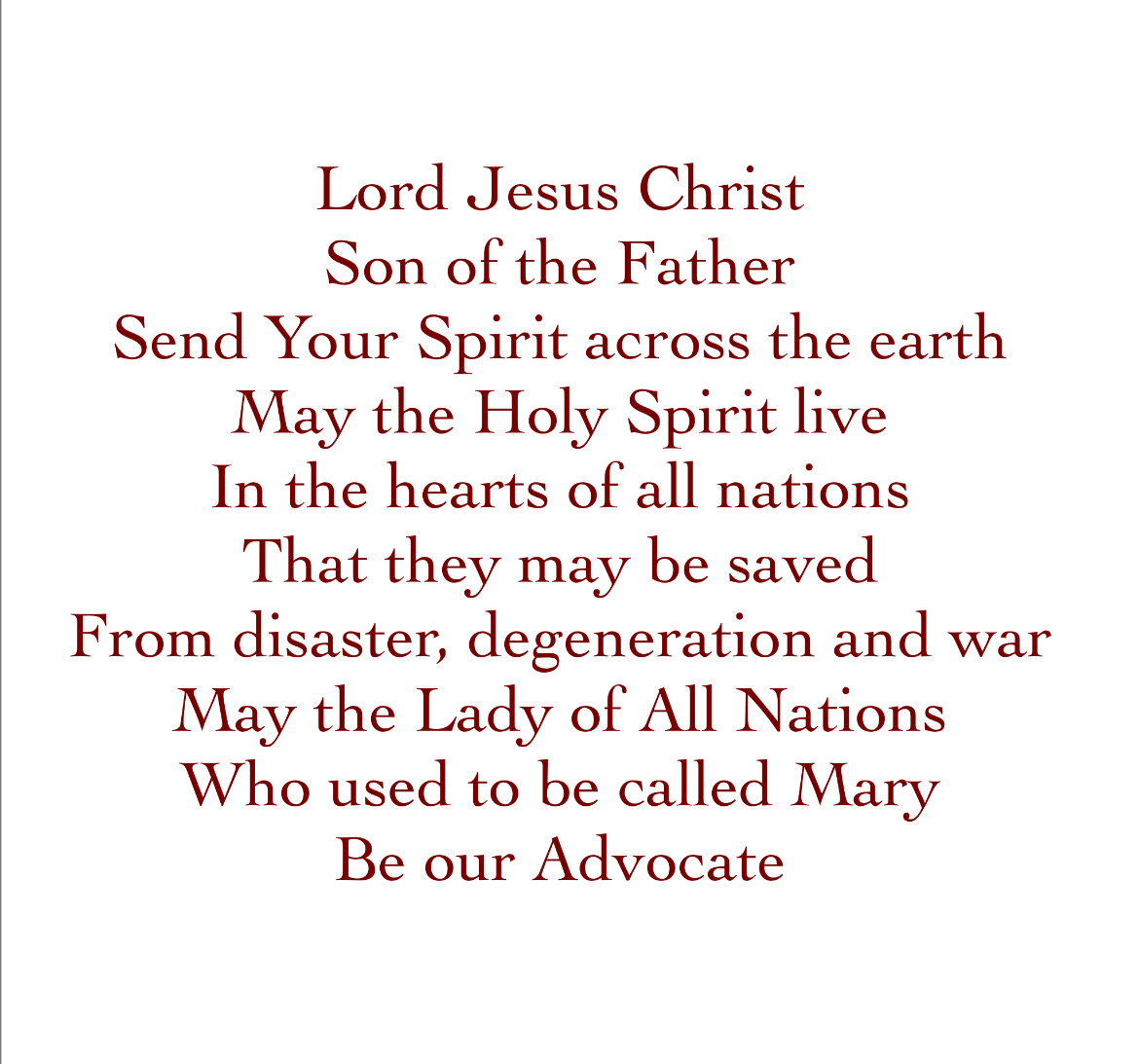
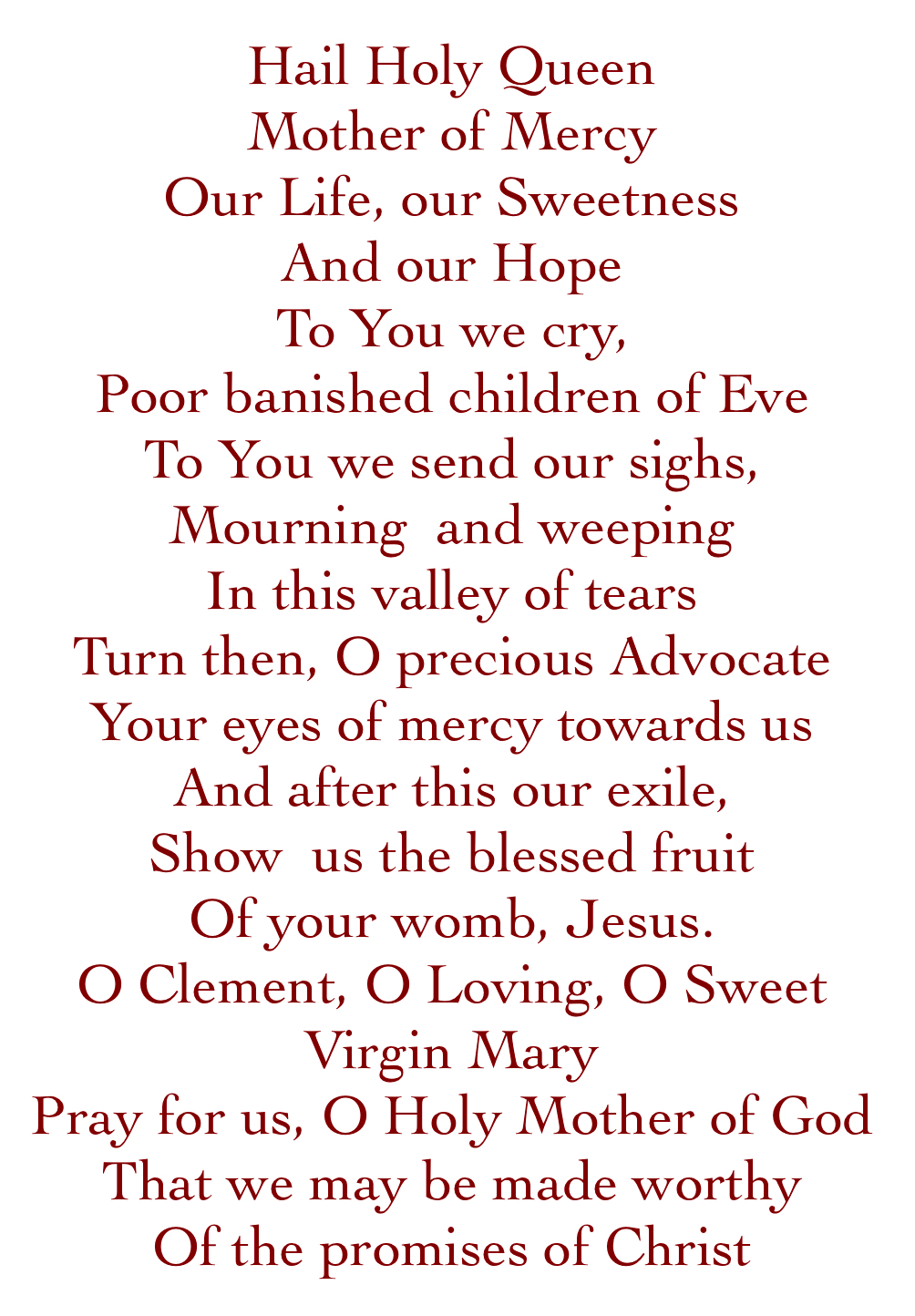
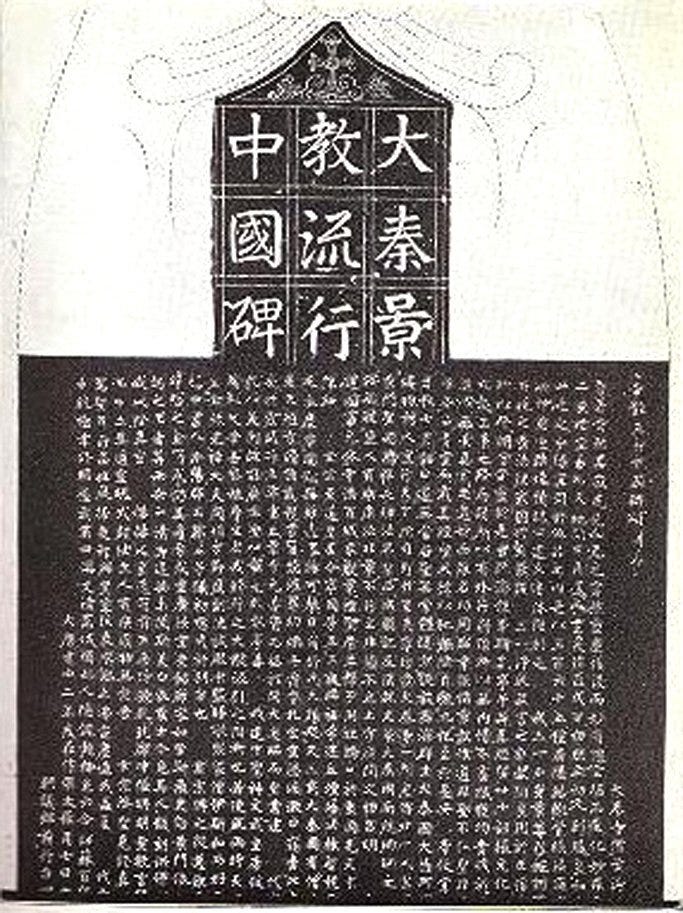
Tried this yesterday (probably doing it wrong), and am gonna stick with it for a while. Thank you for these posts; they’re helpful!
I've tried this in its entirety, save the mysteries, and loved it. Candle; Monastery Incense (byzantine blend); vast majority sung, with improvised gusto. It's the first time I've been able to pray an entire rosary, for whatever reason. This day feels auspicious.